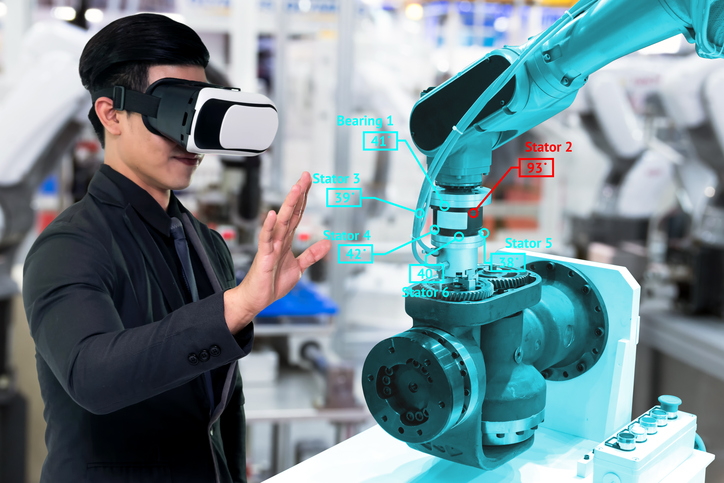Virtual reality (VR) has become a hot topic in the world of technology, especially when it comes to consumer applications. People often imagine the futuristic potential of VR and how it could change everyday life. However, while consumer-grade VR may still be in its early stages, its real-world applications—especially in industrial settings—are already making a big impact. One such area is the design and development of industrial robots. VR can be used as a powerful tool for simulating robotic systems before they are built. This allows integrators to demonstrate concepts and test designs in a virtual environment, reducing the risk of errors and costly revisions later on. While simulation software has long been used in robot design, VR adds an extra layer of realism and interactivity that enhances the entire process. When VR is integrated into robot simulation tools, it creates a fully immersive experience that allows engineers to explore and interact with a proposed robotic system in a 3D space. This level of detail helps identify potential issues early in the design phase, leading to more efficient and reliable solutions. With VR, engineers from different teams can collaborate in real time, walking through the virtual model of the system and making adjustments on the fly. This not only improves communication but also fosters innovation by allowing team members to visualize and test ideas in a more intuitive way. End users also gain significant advantages from VR-based simulations. They can step into the virtual environment and get a clear sense of how the robotic system will fit into their facility. This gives them a deeper understanding of the design and allows them to provide feedback or suggest improvements based on their specific needs and workspace constraints. In many cases, integrators come up with creative solutions that end users might not have considered. With VR, these ideas can be presented in a more tangible and interactive way, helping end users feel confident about the performance and long-term value of the robotic system. By using VR for proof of concept and proof of design, companies can ensure that every aspect of the system is thoroughly tested before any physical components are manufactured or installed. This not only saves time and money but also leads to higher-quality, more reliable robotic solutions. If you're interested in exploring how VR can revolutionize industrial robot design, consider learning more about Genesis Systems Group’s 3DG Environment. It offers a unique and immersive VR experience tailored specifically for industrial robotics, setting a new standard in the field. Nuts Continuous Roaster,Swing Roaster,Belt Dryer,Continuous Nut Roaster Yantai Maoyuan Food Machinery Manufacturing Co.,Ltd , https://www.peanutmachinery.comHow Virtual Reality Can Help Improve Industrial Robot Design

Why VR Enhances Industrial Robot Design
The Benefits of VR for End Users